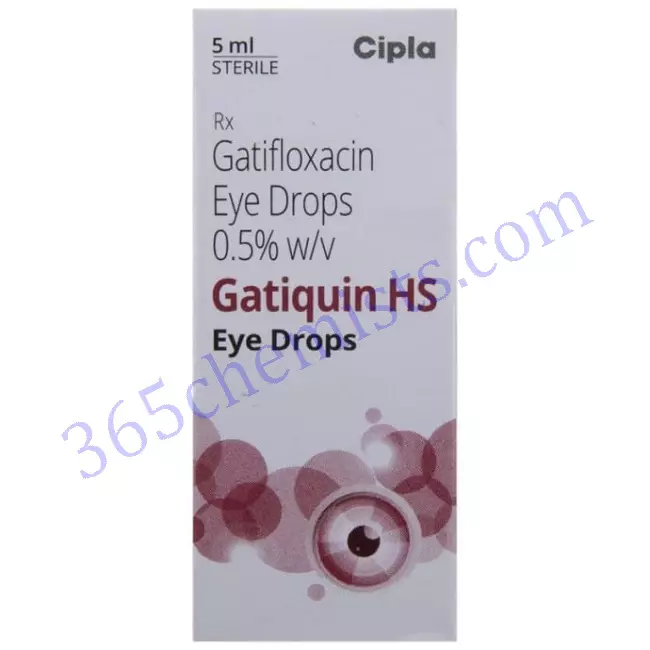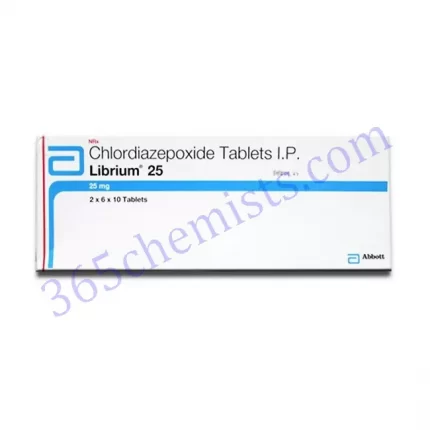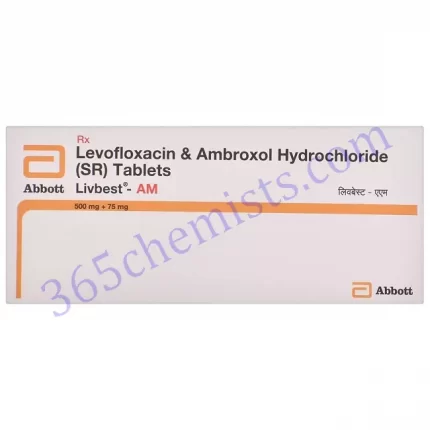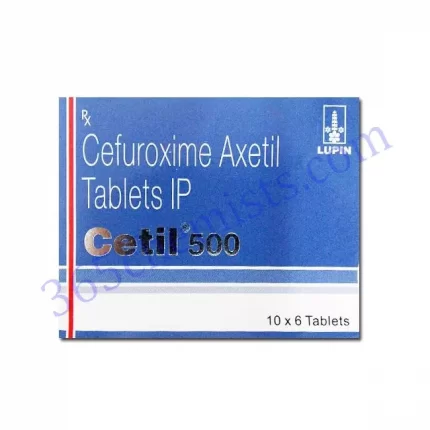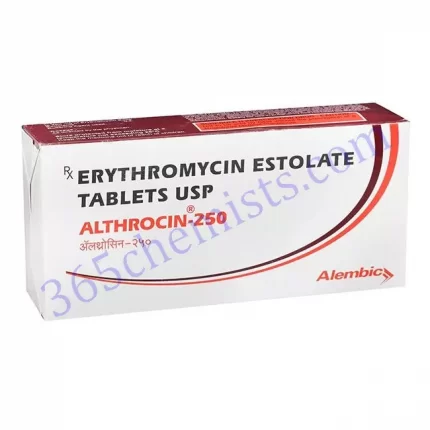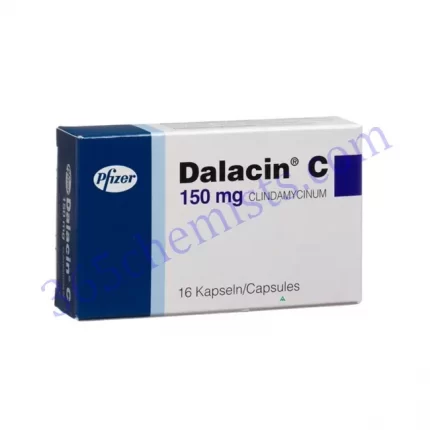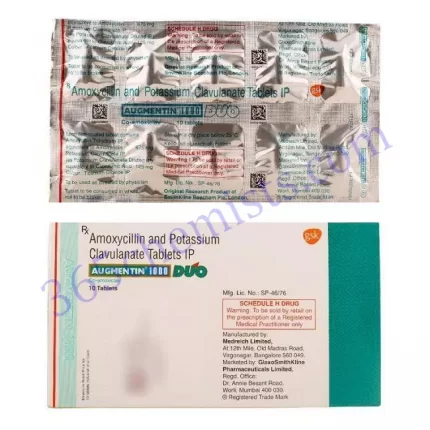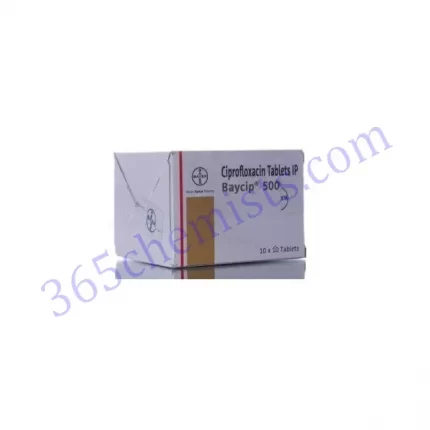GATIQUIN HS EYE DROP
GATIQUIN HS EYE DROP is a topical solution that is used for the treatment of ocular infections. Its active ingredient is gatifloxacin, and it works by inhibiting the growth of bacteria in the eye. In the following paragraphs, we will provide a detailed explanation of GATIQUIN HS EYE DROP, covering topics such as its applications, recommended dosage, and potential adverse effects.
Uses of GATIQUIN HS EYE DROP
The most common indication for the application of GATIQUIN HS EYE DROP is the treatment of bacterial infections of the eye, such as conjunctivitis and corneal ulcers. It is an antibiotic that belongs to the fluoroquinolone class and has strong antibacterial activity against a wide variety of gram-negative and gram-positive bacteria. GATIQUIN HS EYE DROP is effective because it prevents bacteria from growing and replicating, which ultimately leads to the resolution of an infection and a reduction in ocular inflammation.
Dosage and Administration
It is possible for the recommended dosage of GATIQUIN HS EYE DROP to change depending not only on the nature and extent of the eye infection, but also on the age of the patient and their overall state of health. It is extremely important to take the medication exactly as your ophthalmologist has prescribed, both in terms of dosage and duration. The typical adult dosage is one to two drops instilled into the affected eye(s) every two to four hours for the first two days, followed by four times daily for the next five days. This continues for the duration of the course of treatment. The specific dosing schedule will be decided by the treating physician after taking into account the condition of the individual patient. In order to prevent contamination, it is essential to wash one’s hands both before and after applying the eye drops, and one should also avoid touching the tip of the dropper.
Related Dosage
Gatiquin HS Eye Drop
Gatiquin Eye Drop 5ml
Gatiquin P Eye Drop 10ml
Possible Side Effects
GATIQUIN HS EYE DROP, like any other medication, has the potential to cause certain adverse effects; however, not everyone will experience them. The following are examples of side effects that are frequently reported:
- Irritation of the Eyes: Symptoms of this condition include a stinging, burning, or itching sensation in the eyes, as well as redness. These symptoms are typically not severe and only last for a short time.
- Vision Impairment After the administration of the eye drops, it is possible for some people to experience a momentary blurring of their vision. Before engaging in activities that require clear vision, such as driving or operating machinery, it is recommended to wait until vision has improved before beginning those activities.
- Allergic Reactions: In extremely rare instances, GATIQUIN HS EYE DROP has been known to cause allergic reactions such as rash, difficulty breathing, and swelling of the eye. If you experience any of these symptoms, you should stop using the eye drops immediately and get medical help as soon as possible.
Precautions and Warnings
It is imperative that you inform your ophthalmologist about any preexisting eye conditions, allergies, or medications that you are presently taking before beginning treatment with GATIQUIN HS EYE DROP. While you are using GATIQUIN HS EYE DROP, you should avoid wearing contact lenses unless otherwise directed by your healthcare provider. Consult your ophthalmologist for further evaluation if the infection does not improve after a few days of treatment, if the symptoms of the infection continue to worsen, or if you experience persistent or worsening eye symptoms.
Conclusion
The topical solution known as GATIQUIN HS EYE DROP (Gatifloxacin 0.5%) is typically applied to the affected eye in order to treat bacterial eye infections. Ophthalmologists find it to be an effective option for the management of conjunctivitis and corneal ulcers due to the medication’s potent antibacterial activity as well as its convenient dosing regimen. However, it is extremely important to use this medication under the supervision of an ophthalmologist, adhere to the prescribed dosage and duration, and be aware of any potential adverse effects. Patients can improve their overall eye health and find relief from bacterial eye infections by following the aforementioned steps.
The topical solution known as GATIQUIN HS EYE DROP (Gatifloxacin 0.5%) is typically applied to the affected eye in order to treat bacterial eye infections. Ophthalmologists find it to be an effective option for the management of conjunctivitis and corneal ulcers due to the medication’s potent antibacterial activity as well as its convenient dosing regimen. However, it is extremely important to use this medication under the supervision of an ophthalmologist, adhere to the prescribed dosage and duration, and be aware of any potential adverse effects. Patients can improve their overall eye health and find relief from bacterial eye infections by following the aforementioned steps. Consult your ophthalmologist if you experience any symptoms that are concerning or if you have any questions about GATIQUIN HS EYE DROP. They will be able to provide you with further instructions.

